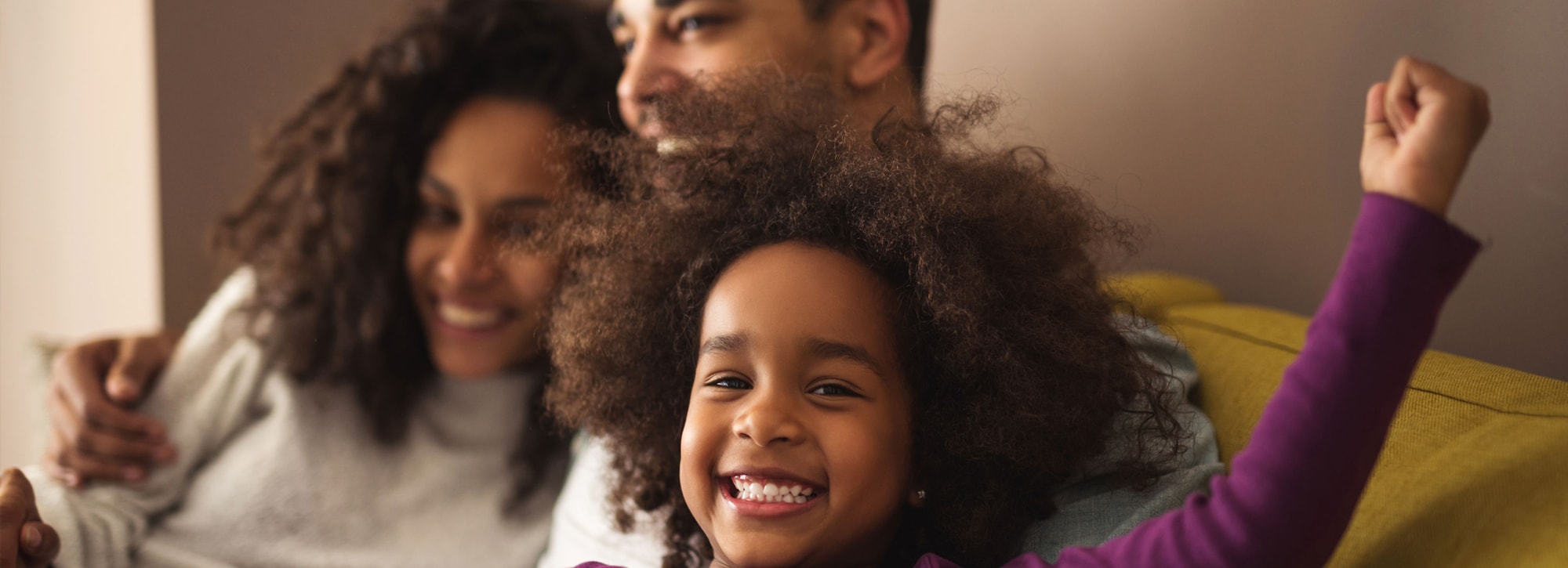THL’s Digital Storytelling and Professional Photos Will Boost Your Brand in 2025
Visual storytelling is no longer optional—it drives business growth. In today’s crowded digital landscape, professional photos help your brand connect, convert, and stand out. Combining high-quality imagery with strategic storytelling increases engagement, builds trust, and delivers measurable results.
Trust Over Text: The Power of Real Photos
Content with well-crafted visuals earns significantly more attention. According to Forbes, posts with strong imagery can get nearly 94% more views than content without images. Professional photos establish authenticity, reinforce your brand identity, and create emotional resonance that generic stock images cannot match. Unique visuals make your business memorable and foster long-term loyalty.
Engagement That Converts
Images catch the eye faster than text and improve retention. People retain 65% more when visuals accompany content, and infographics can boost traffic by around 12%. Posts with images often generate up to 650% more engagement. Strong imagery also reduces bounce rates, as nearly 38% of users leave sites that appear poorly designed or lack compelling visuals.
Why Professional Photos Outperform Stock
Stock photos may be convenient, but they rarely build genuine connections. Customers respond to authenticity and trust brands that show real people, products, and spaces. Professional photography reflects your business culture, values, and story while improving SEO, strengthening brand presence, and enhancing website performance.
How THL Brings Your Cultural Stories to Life
At THL, we craft cultural stories through photography and video, producing visuals that are intentional, authentic, and designed to amplify your brand. We integrate images and video across websites and social media, aligning every visual with your brand identity and storytelling strategy. This ensures your story resonates emotionally and visually with your audience.
Amplify Your Visuals with HubSpot Integration
Professional photos become even more powerful when paired with HubSpot. THL integrates visuals directly into your website to track engagement, capture leads, automate follow-ups, and turn every visual touchpoint into a measurable business opportunity. Combining professional imagery with your website ensures your content not only looks amazing but drives tangible growth.
The Competitive Advantage of Professional Visuals
| Benefit | Why It Matters |
| More views | Visual content can nearly double audience attention |
| Stronger engagement | Images and infographics boost retention and action |
| Brand authenticity | Real visuals humanize your business and build trust |
| Improved website performance | High-quality visuals keep users engaged and reduce bounce rates |
| SEO gains |
Optimized images increase discoverability and reinforce brand presence
|
Ready to Elevate Your Visual Strategy?
THL helps businesses move beyond stock photos to build a visual identity that drives results. By creating authentic, professionally produced media, we align your visuals with marketing and storytelling goals to boost engagement, capture leads, and grow your brand in 2025.
Contact us today to start crafting your authentic, conversion-focused visual presence.


